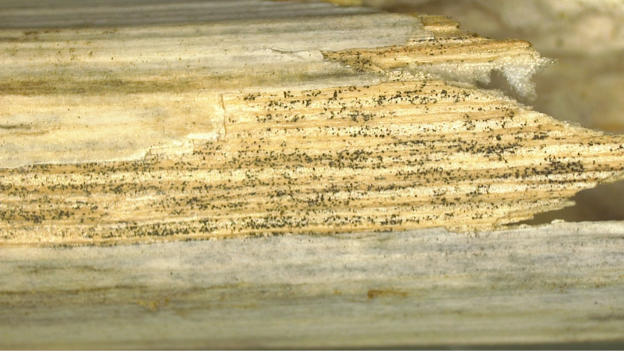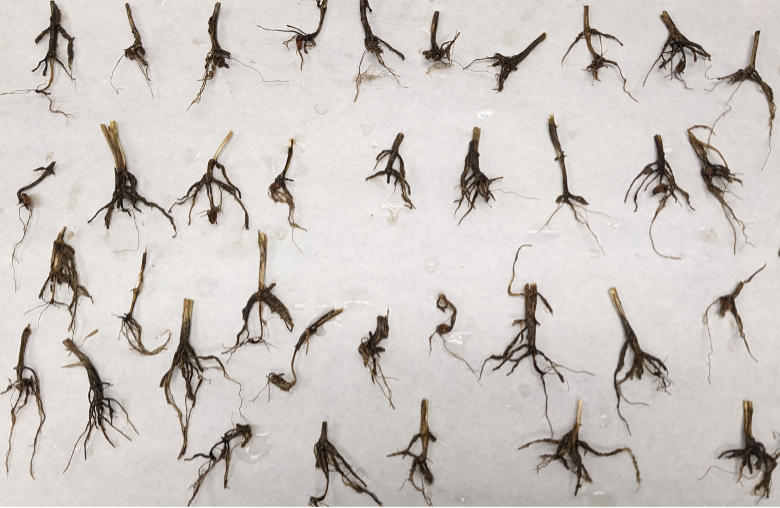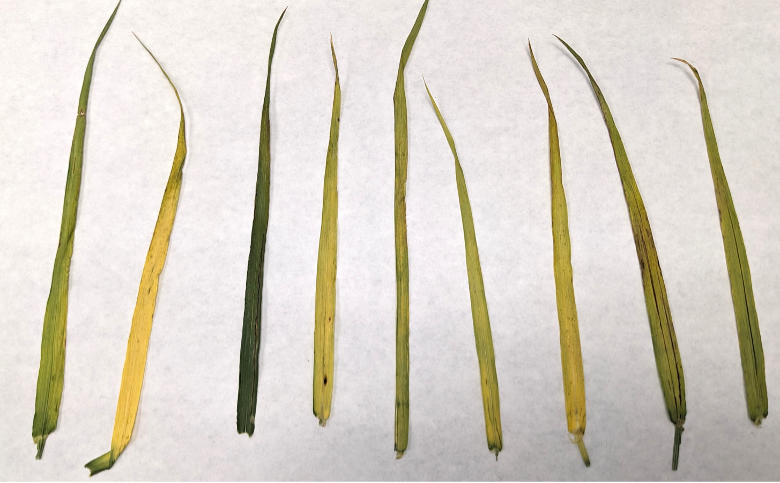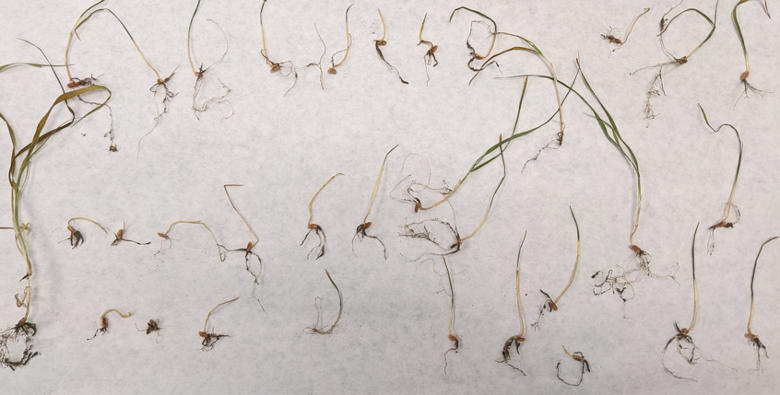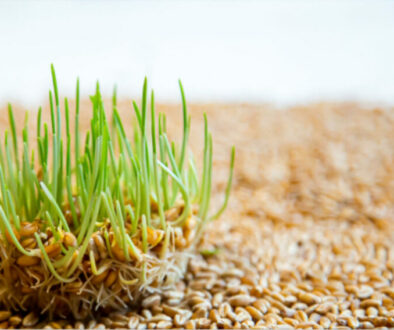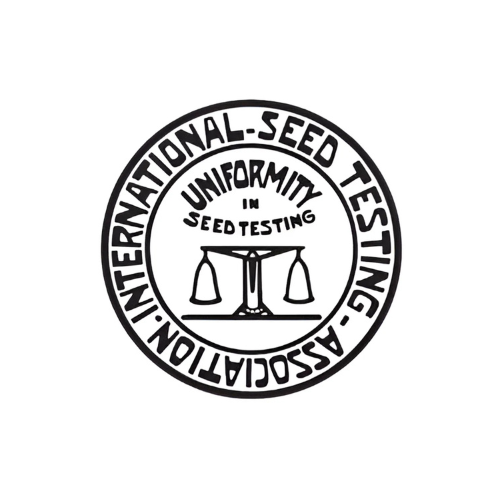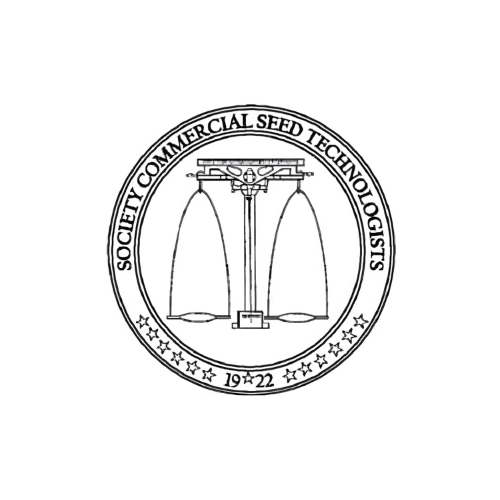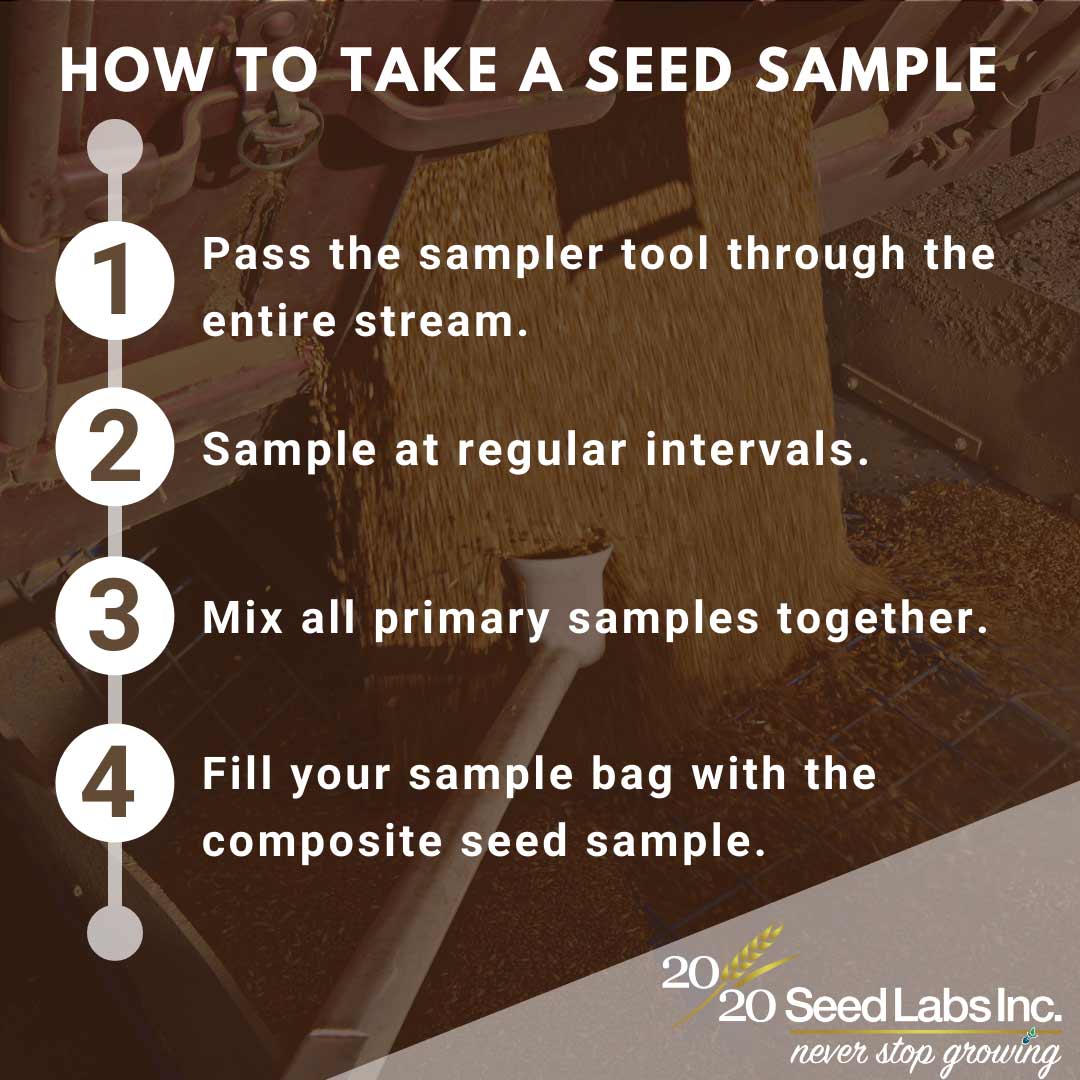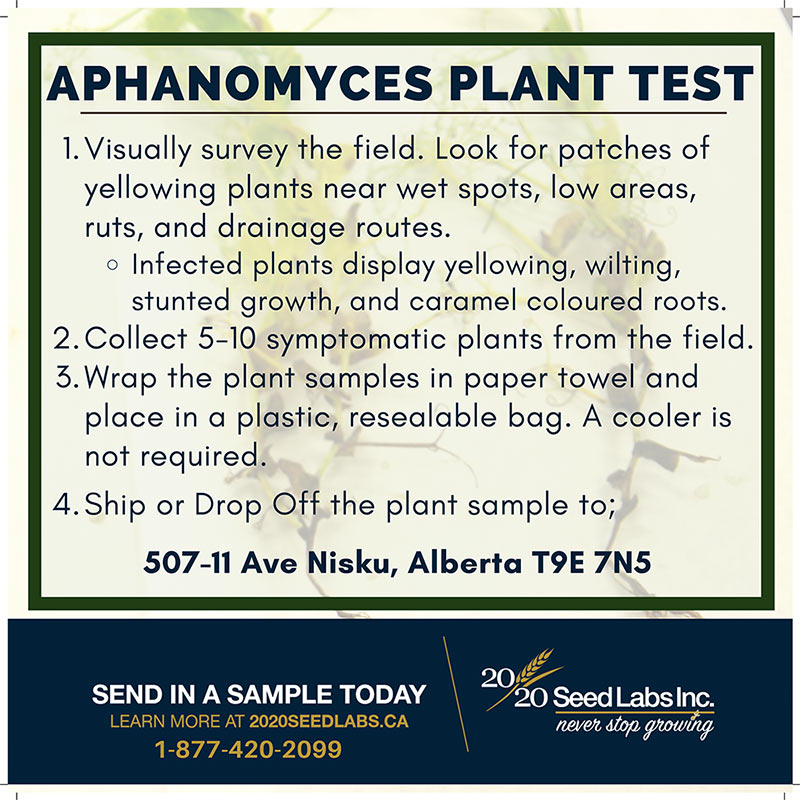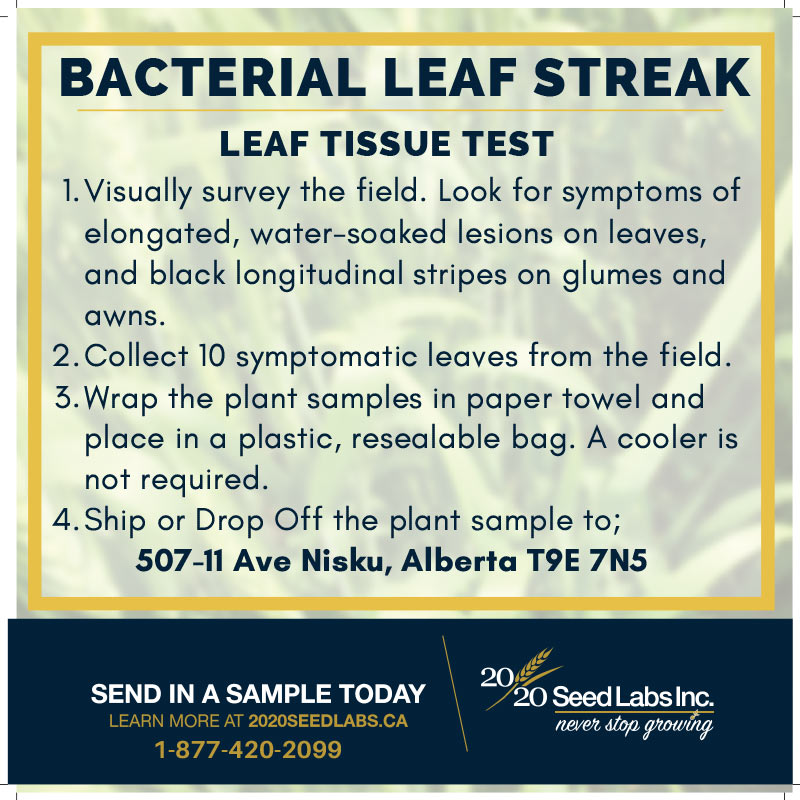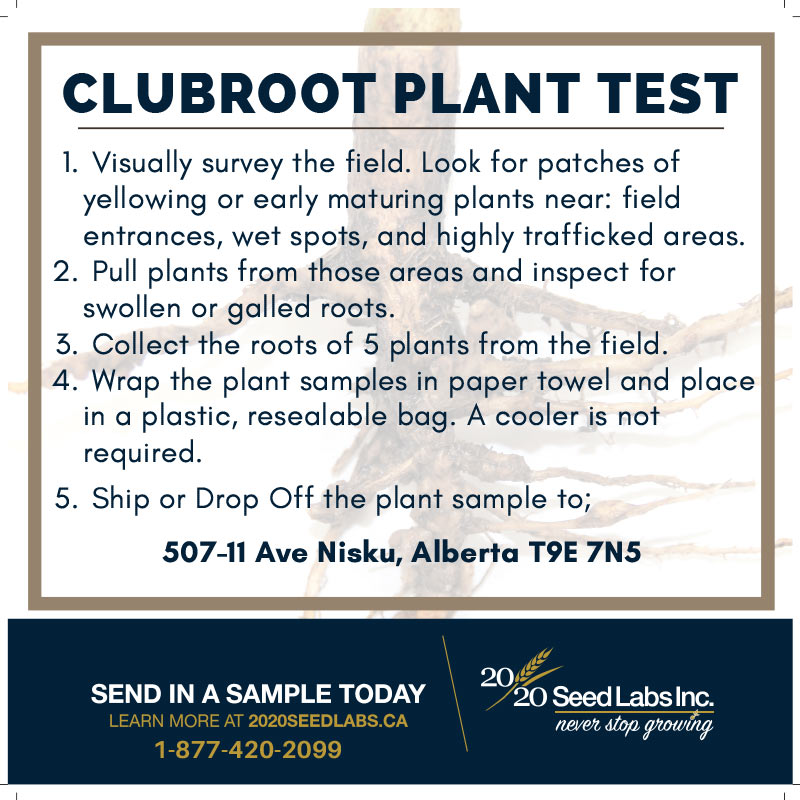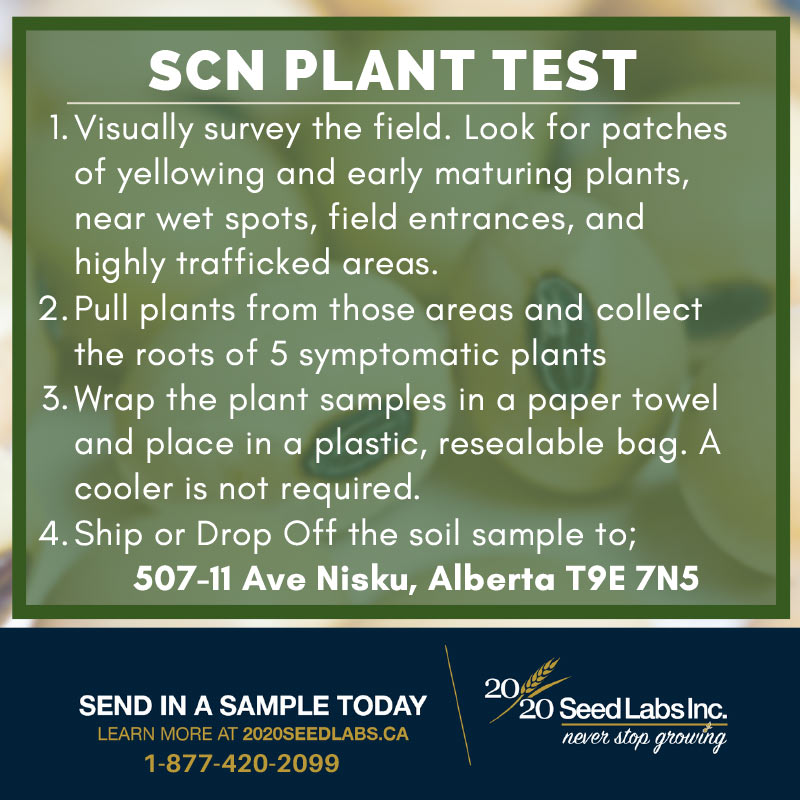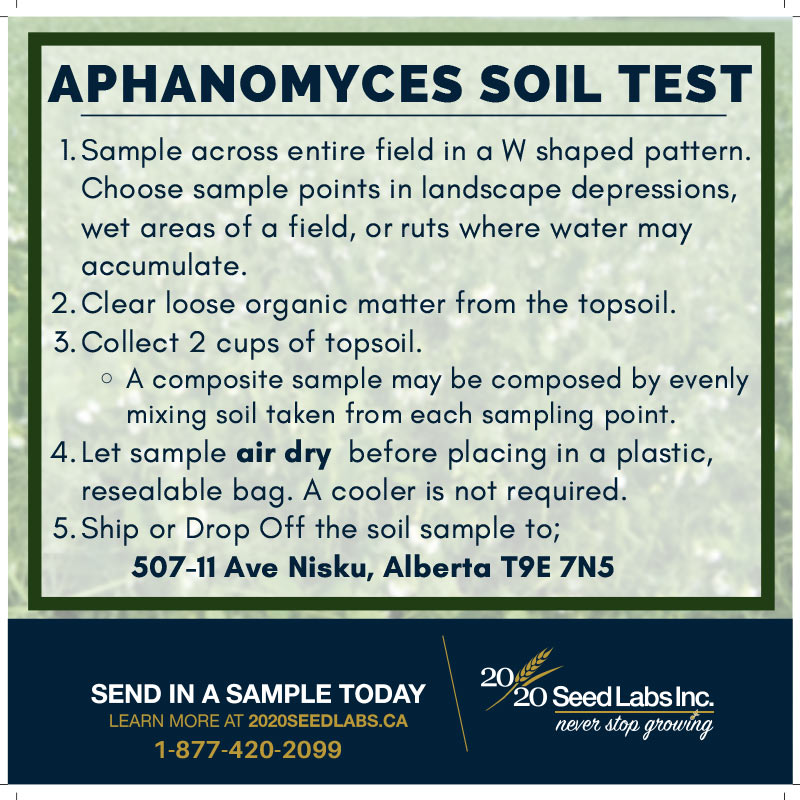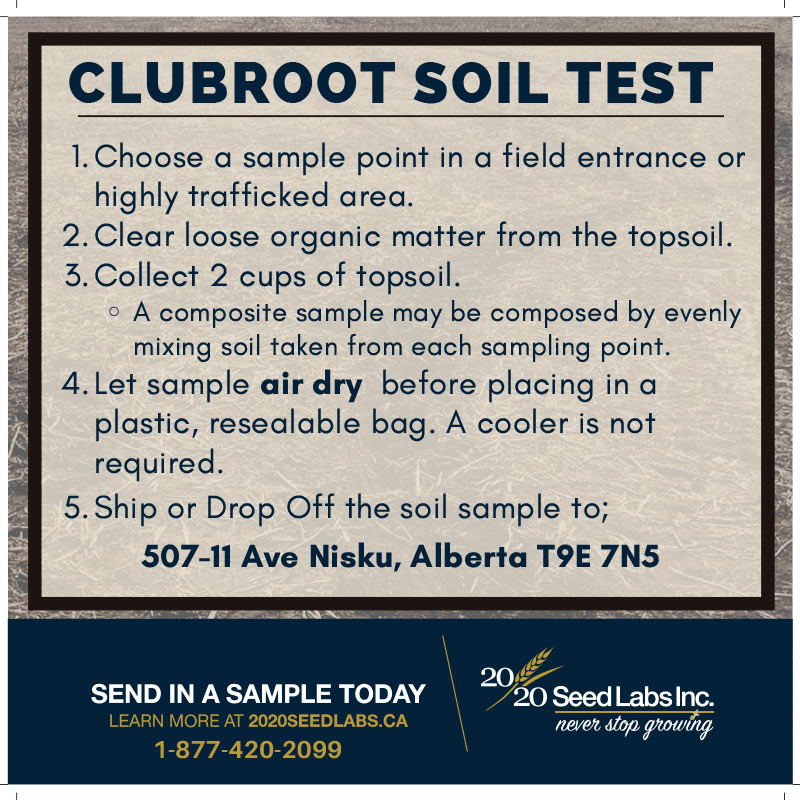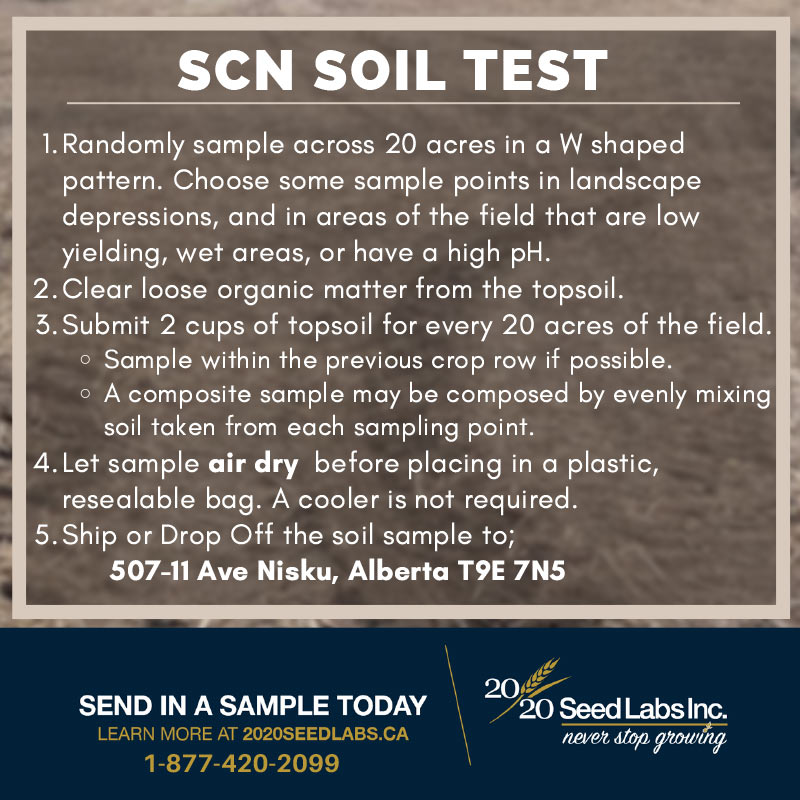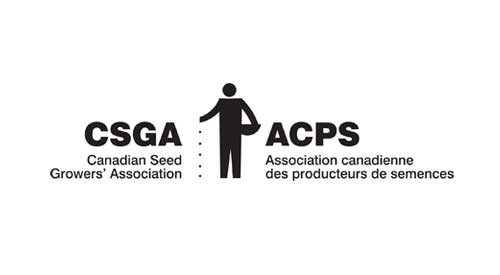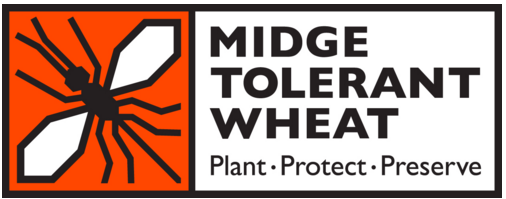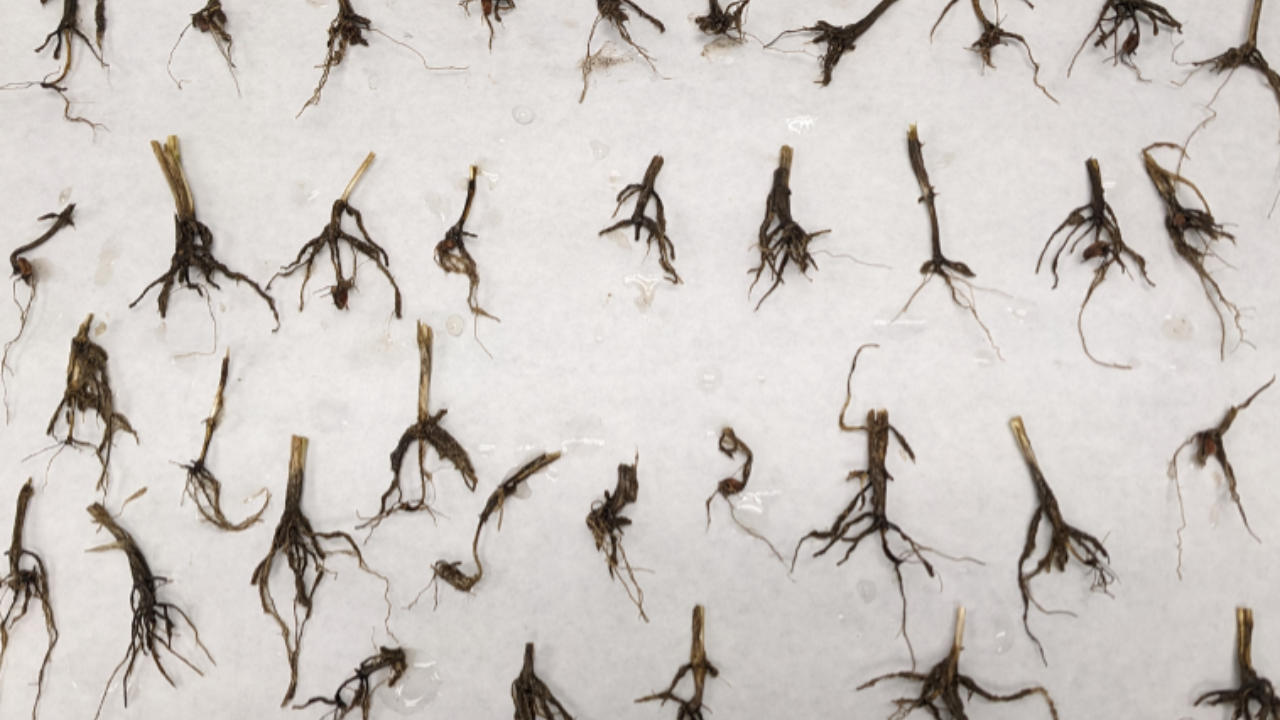
General Disease Diagnosis for Plant Specimens
An article by Trevor Blois, Disease Diagnostician
We often receive plant samples with “what’s causing these symptoms?” written on the bag.
As the growing season advances, disease symptoms are starting to show up in the field—raising questions and concerns for many growers. At 20/20 Seed Labs, most of our testing happens before the first seed even hits the soil, focusing on seed health to prevent issues before they appear.
But our work doesn’t stop there.
Each summer, we receive bags of plant samples—often marked with a handwritten note: “What’s causing these symptoms?” While seed testing is our foundation, we also provide diagnostic support during the growing season through live plant and root diagnostics.
Sometimes we can pinpoint the problem with confidence. Other times, while a definitive answer may not be possible, we can still rule out likely suspects and guide you toward the next step.
If you’re seeing symptoms in the field and need answers, we’re here to help.
The most basic kind of testing we can perform is a General Disease Diagnosis.
For this testing we visually inspect the plant specimen, comparing observed symptoms with reference material. Microscope slides of symptomatic tissue are prepared and assessed for the presence of pathogens. If required, we will cut the specimen into many small pieces, briefly surface sterilize in bleach, and aseptically plate onto petri dishes containing growth medium (usually Potato Dextrose Agar).
After about a week in the incubator the plates are assessed for fungal growth and different fungi can be identified based on colony and spore morphology. Once the test is complete you will be provided a short report detailing our observations at each step that will include any photos we have taken for a visual.
Generally, we ask that samples are of the symptomatic tissue only, not the whole plant, wrapped in a moist paper towel placed in a resealable plastic bag and sent to our Nisku location as soon as possible after sampling. Photos of symptoms in the field and information about distribution can sometimes assist with the identification.
For some pathogens we have specific tests that we can perform to carry out an identification with a higher level of confidence. If you want to test pulses for root rot we have a DNA test that is specific for Aphanomyces euteiches, in addition to this we can also plate root segments to determine if other root rot pathogens including Fusarium spp., Pythium spp., and Rhizoctonia solani are present.
A common root pathogen that we have a DNA test for is clubroot (Plasmodiophora brassicae) in canola. When sampling for root disease it’s important to gently dig up the roots because they can often be more fragile and break apart if a plant is pulled out of hard, dry soil. Upper parts of the plant are not required and the roots can be wrapped in a moist paper towel, placed in a resealable plastic bag and shipped to our Nisku location as soon as possible after sampling.
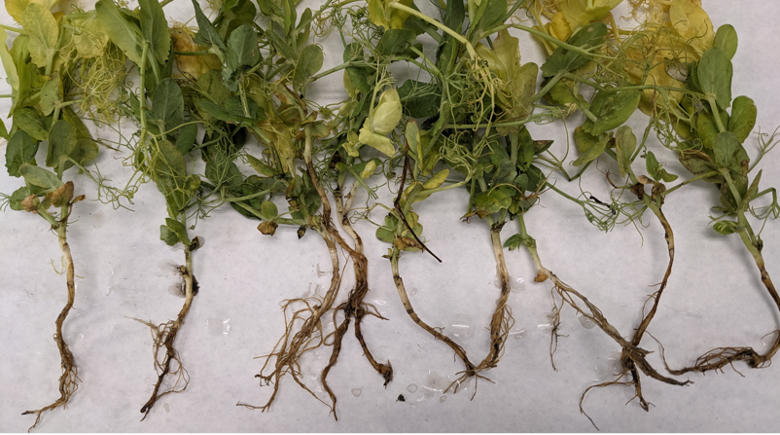
Another canola pathogen that we can test for is Blackleg (Leptosphaeria maculans). We can perform a DNA test that will tell you if Blackleg is present or not. Alternatively, we can perform Blackleg Race identification testing: where we isolate L. maculans from up to 12 stems and perform a more in-depth DNA analysis to determine which avirulence genes are present in up to 6 isolates per sample allowing for better selection of resistant varieties of canola. A pathogen that is often present alongside Blackleg is Verticillium longisporum which can cause Verticillium Stripe. If you are also concerned about Verticillium Stripe we can perform a Disease Diagnosis and confirm with a high level of confidence through DNA analysis.

Over the past few years Bacterial Leaf Streak (BLS) in Cereals caused by Xanthomonas translucens pv. undulosa and pv. translucens has been an increasing concern for growers. This bacterial pathogen is seed and stubble borne and does not respond to fungicides used in seed treatments and foliar applications. We do have a seed test for BLS, but we can also test leaf tissue to determine if symptoms are caused by Xanthomonas translucens.
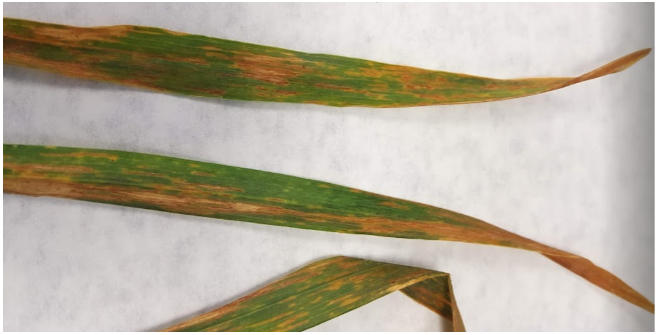

Another pathogen that can cause symptoms that resemble Bacterial Leaf Streak and does not respond to fungicides is Wheat Streak Mosaic Virus (WSMV). To test for this pathogen we have a separate DNA test which may be recommended if a BLS test is negative.
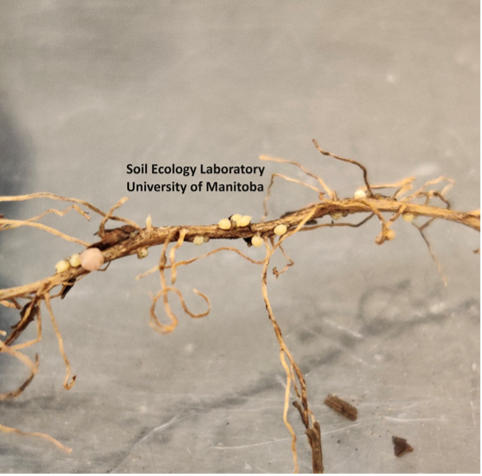
Photo University of Manitoba Soil Ecology Lab
Going back underground we have a DNA test for Soybean Cyst Nematode (SCN). This is an emerging pathogen in Manitoba that has the potential to cause significant yield loss. Additional information about SCN can be found in our Linkedin newsletter (https://www.linkedin.com/pulse/soybean-cyst-nematode-testing-20-20-seed-labs-inc-aflnc/?trackingId=ScHX6HkRTQCVedFEHgs5YQ%3D%3D).
Scouting for disease and performing laboratory testing to confirm diagnosis is an important step for growers to take. It can help to determine the effectiveness of Best Management Practices (BMP) for disease management and allows for early intervention to avoid more significant yield losses due to disease.
For any disease testing needs, for seeds, plants or soil contact 20/20 Seed Labs today.
1(877)420-2099 our team of experts will strategize with you year-round to ensure you get the most return out of your yields.
Contact Disease Diagnostician Trevor Blois Directly trevor@2020seedlabs.ca
Additional images:
